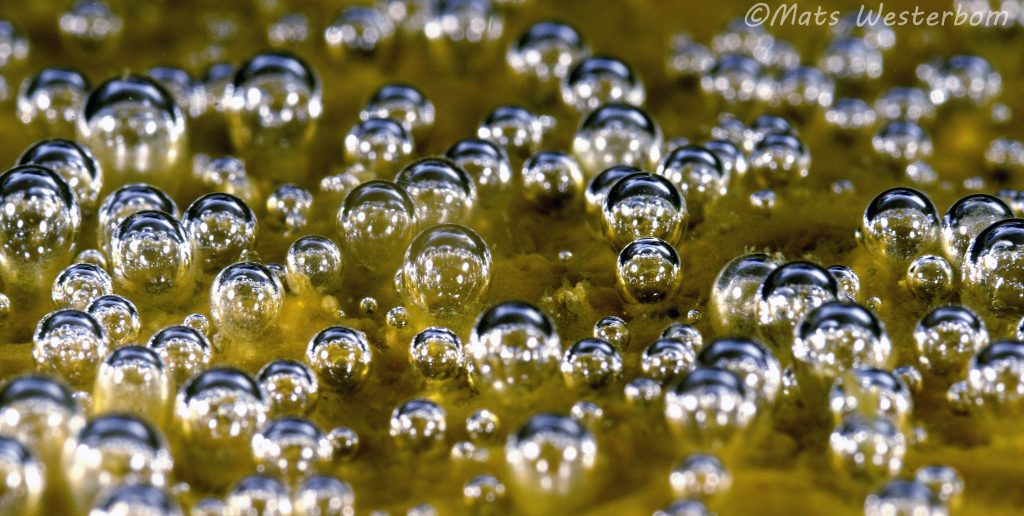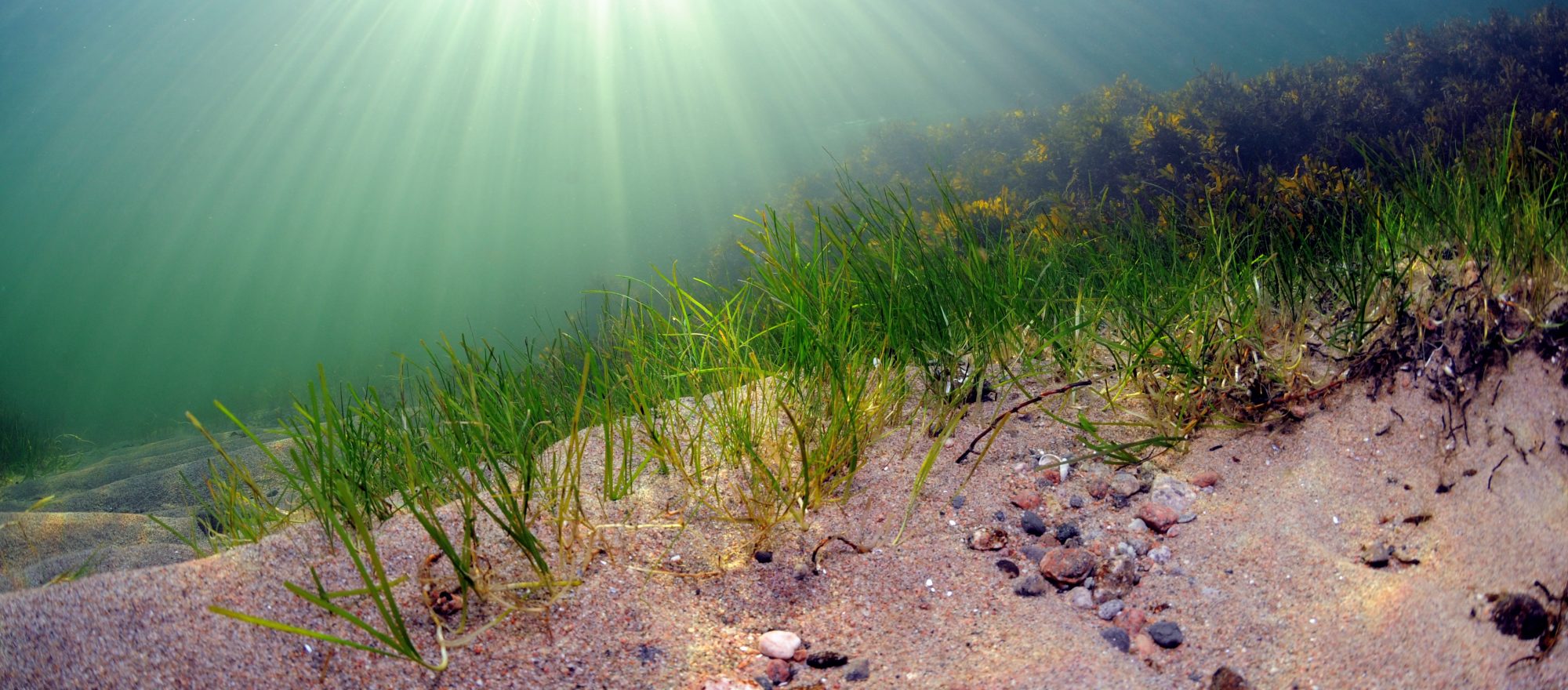The ocean is a vast place, covering over 70% of the world’s surface. Oceans provide us with many valuable resources and services. They are intimately bound to all of us, far more than what we might initially think. Even when we practically do nothing, we are tightly connected to the ocean since the oxygen in every second breath we take comes from the ocean – organisms living in the ocean produce more than 50% of the oxygen in our atmosphere. If this service fails, imagine then how unpleasant it would be if you would be able to breathe only every second time you feel you need to! Oceans also stabilize the climate. They are the biggest absorbents of heat. Without the oceanic buffer; global temperatures on land would be far greater than what they are. This heat stabilizing system is now under threat as global oceans are becoming warmer due to human action. The Intergovernmental Panel of Climate Change (IPCC) predicts that by 2100 the ocean temperature may increase by 1 – 4 ℃. This increase is huge, even at the lower range, as the average temperature in ocean surface waters is only 17 ℃. Imagine next how uncomfortable you are when your body temperature increase with only 1-2 degrees when you have a harmless flue! Proportionately, the change in the ocean is much bigger and the consequences are worse. We are currently hearing the first coughs of the “Patient Ocean” and we know that after cough comes fever. The health of the ocean is not a trivial issue!

Oxygen production in the shallow algal belt. © Mats Westerbom
Understanding is the first step towards appreciation
Since seas are smaller bodies of salty water within the oceans, the Baltic Sea is part of the vast water mass of the globe and things we do here have a larger consequence. Many people associate the words Baltic Sea with murky green waters, toxic algal blooms at the surface and extensive rotting mats of algae at the bottoms. Yet, these characteristics (that are very true) are only one end of a continuum. At the other end, we find colourful seascapes and amazing species that are comparable with those in tropical waters.
Although the Baltic Sea is among the most studied seas in the world, there are many fundamental aspects of Baltic Sea biology that we do not yet have a good handle on. Within research, however, we are taking steps forward each day. Research is like assembling a 1000 piece puzzle, where each piece is a small step towards understanding the whole. Better understanding is the key to unlock many of the problems facing our seas and oceans.

The sand goby is native to marine and brackish waters of Europe and highly common in the Baltic Sea sublittoral. © Mats Westerbom
Appreciation is needed for action – this is our mission
Even if research is continually making progress, research itself achieves little if it stays in the lab. No matter how much we know, better understanding alone does not save the oceans. Actions are needed. It is here that this blog and this Facebook page comes in. We want to show the seascapes and the inhabitants that characterize the Baltic Sea coastal system in a new and attractive way. We want to tell interesting stories about the sea, and show pictures few have seen. Our mission is to bring the sea closer to a larger mass of people to stimulate them to realize that there is a true treasure hidden below the waves of the sea. We want to surface this treasure and show the extent of its beauty. By doing so, we hope to boost people to realise that the Baltic Sea is worth our full attention.
Follow this blog and learn about our common sea. We will provide you each month with a new topic and a new story. This project is carried out in cooperation with Svenska kulturfonden and Tvärminne Zoological Station.
Text & Pictures by Mats Westerbom

